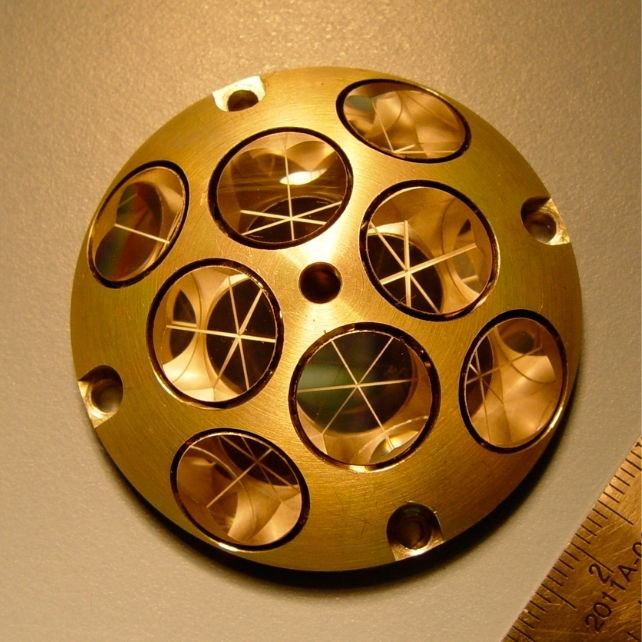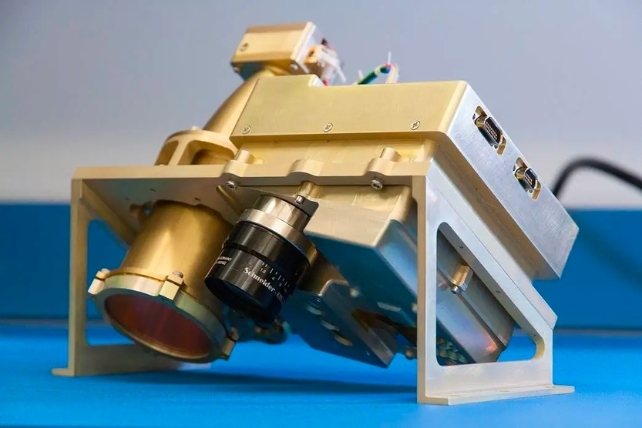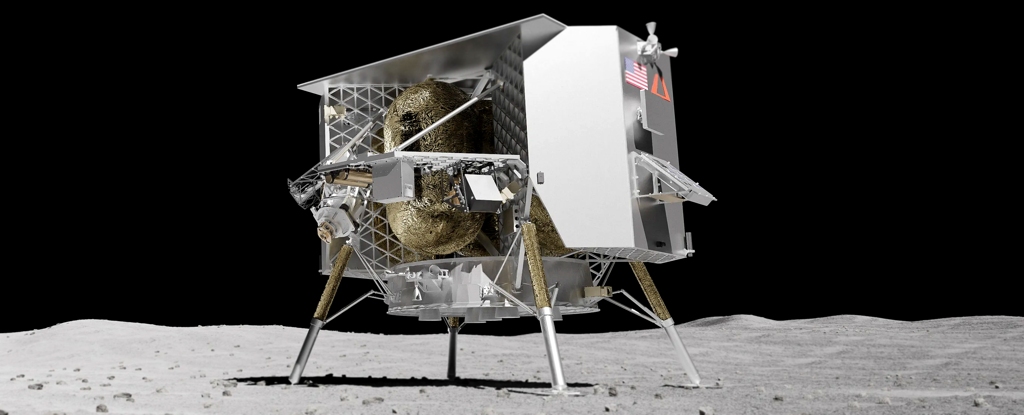In just a few short hours, the US will be embarking on a return to the Moon.
The United Launch Alliance’s Vulcan rocket, due to launch at 02:18 EST (07:18 UTC) on Monday, 7 January, will carry a lunar lander named Peregrine, from commercial company Astrobotic.
Aboard that lander will be five science payloads from NASA, designed to collect in situ lunar data – the first NASA instruments ferried to the Moon since the Apollo era ended in 1972, over 50 years ago.
The launch will mark the first of NASA’s Commercial Lunar Payload Services (CLPS) – NASA collaborations with commercial companies to transport NASA science instruments to the Moon, and test space exploration technology.
“We are so excited to see this vision become a reality. CLPS is an innovative way of leveraging American companies to send important science and technology payloads to the Moon,” says Science Mission Directorate associate administrator Nicola Fox of NASA.
“The Moon is a rich destination for scientific discovery. Studying and sampling the lunar environment will help NASA unravel some of the greatest mysteries of our solar system for the benefit of all.”
You can watch the launch live at the YouTube embed below, or on NASA Plus.
frameborder=”0″ allow=”accelerometer; autoplay; clipboard-write; encrypted-media; gyroscope; picture-in-picture; web-share” allowfullscreen>
Peregrine will land in a region named Sinus Viscositatis, or the Bay of Stickiness. The five science payloads aboard are designed to sample and test a range of lunar environmental characteristics.

The LETS (Linear Energy Transfer Spectrometer) will measure radiation; the NIRVSS (Near-Infrared Volatile Spectrometer System) will study the composition, temperature, and structure of the lunar soil; the NSS (Neutron Spectrometer System) will look for water; the PITMS (Peregrine Ion-Trap Mass Spectrometer) will study ions in the lunar atmosphere; and the LRA (Laser Retroreflector Array) will act as a new permanent location marker that will help scientists measure the position of the Moon for many years into the future.

Besides NASA’s payloads, Astrbotic’s Peregrine lander will transport other scientific equipment, including two rovers, one from the German Aerospace Center (DLR), one from Carnegie Mellon University students, and a radiation detector also from DLR.
A bunch of non-scientific payloads will be aboard, too, including time capsules, artwork, a collection of short stories, a Bitcoin of all things, and cremated human remains.
This latter inclusion has been the source of some controversy; the Navajo Nation objected to the human ashes on spiritual grounds.
“The sacredness of the Moon is deeply embedded in the spirituality and heritage of many Indigenous cultures, including our own,” Navajo Nation Buu Nygren wrote in an official statement.
“The placement of human remains on the Moon is a profound desecration of this celestial body revered by our people. This act disregards past agreements and promises of respect and consultation between NASA and the Navajo Nation, notably following the Lunar Prospector mission in 1998.”
The Lunar Prospector carried the ashes of planetary geologist Eugene Shoemaker to the Moon, where they remain permanently.
Nygren met with officials from NASA and the White House, who apologized for the lack of consultation.
Controversy aside, the launch will still proceed as scheduled. You can follow the countdown on the NASA Plus website.





